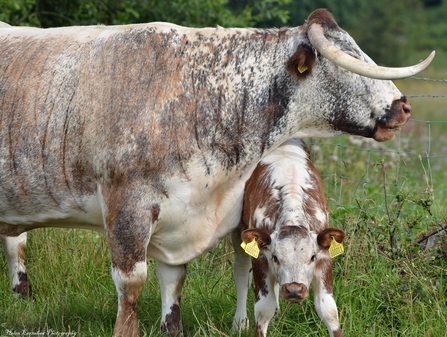Lorna and the wonderful volunteer conservation team have made a start on the latest project at Brockholes, putting up a new wire fence along the Guild Wheel path to replace the old, rotten fence line.
What are we doing?
This existing fence along the western side of the Guild Wheel separates this public path from the habitats alongside No.1 pit lake. This fence is constructed from timber posts, livestock mesh and two strands of barbed wire on top.
The current fence posts have rotted and we now need to replace them, in order to be able to graze our longhorn cattle in this area. We’ve detached the wire, taken out the old fence-posts and will now install new posts, then re-attach the wire.
When we reinstate the wire we will put two strands of barbed wire back along the top of the fence, because this is the only way to stop cattle pushing out and gaining access onto the Guild wheel. However, to make sure that wildlife can cross through the fence line, we are going to install multiple crossing points, suitable for roe deer to jump over and for fox and brown hare to go under.


